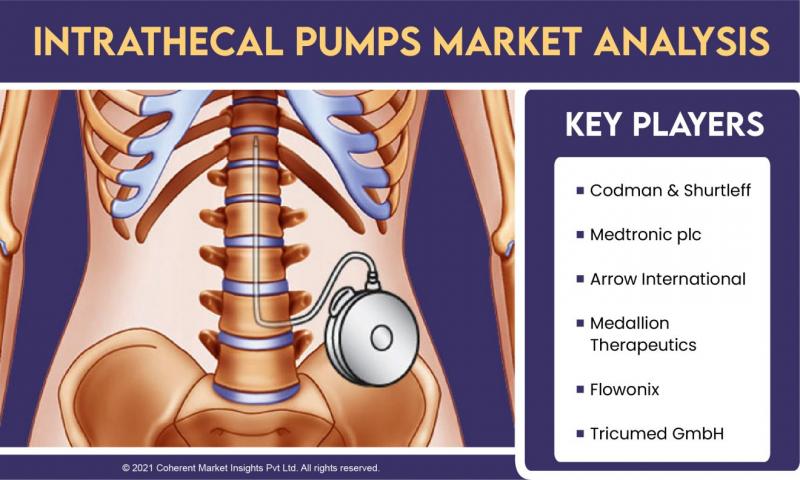Advances in Intrathecal Pumps: Optimizing Pain Management and Neurological Disordersc
Advances in Intrathecal Pumps: Optimizing Pain Management and Neurological Disorders
Intrathecal pumps, also known as spinal pumps or drug infusion systems, have emerged as a groundbreaking technology in the field of medical science. These devices offer a novel approach to managing chronic pain and neurological disorders, providing relief to patients who have previously struggled with traditional therapies. As technology evolves, so do these pumps, offering significant advancements that continue to optimize pain management and address various neurological conditions.
Intrathecal pumps function by delivering medications directly into the spinal fluid, bypassing the bloodstream and blood-brain barrier. This targeted drug delivery system allows for lower medication doses compared to oral or intravenous administration, reducing the risk of side effects while increasing therapeutic effectiveness. The pumps are surgically implanted under the skin, and a catheter is threaded into the intrathecal space of the spinal cord, where it can deliver medications continuously or on-demand, depending on the patient's needs.
One of the most significant advancements in intrathecal pumps is the integration of advanced technologies and data analytics. Modern pumps are equipped with sophisticated programming features that enable personalized treatment plans for patients. Physicians can fine-tune the dosage and delivery schedule remotely, responding to changes in a patient's condition or adjusting medication levels as necessary. This level of customization ensures that patients receive the most effective therapy with minimal side effects, leading to improved quality of life.
Optimizing pain management is a primary application of intrathecal pumps. For patients suffering from chronic pain conditions, such as failed back surgery syndrome or neuropathic pain, traditional treatments like opioids or oral medications may not provide sufficient relief or can lead to dependence. Intrathecal pumps offer a valuable alternative, allowing for a more direct and controlled administration of pain-relieving drugs, like opioids or local anesthetics.
Moreover, intrathecal pumps have demonstrated their effectiveness in managing spasticity, a common symptom in neurological disorders like multiple sclerosis (MS) and cerebral palsy. By delivering muscle relaxants directly to the spinal cord, these pumps can effectively reduce muscle stiffness and spasms, improving mobility and enhancing the overall quality of life for patients with such conditions.
In recent years, research has focused on expanding the range of medications deliverable via intrathecal pumps. While opioids have been the mainstay for pain management, new options, such as ziconotide, a calcium channel blocker, and clonidine, an alpha-2 agonist, have shown promise in targeting specific pain receptors and reducing pain without the risk of opioid-related side effects. Additionally, the investigation of novel drug combinations and the potential use of gene therapy within these pumps could revolutionize treatment approaches for both pain and neurological disorders.
The evolution of pump design has also played a crucial role in enhancing patient outcomes. Smaller and more lightweight pumps have been developed, allowing for easier implantation and greater patient comfort. Battery technology has improved significantly, increasing the lifespan of the pumps and reducing the frequency of replacement surgeries.
As with any medical intervention, intrathecal pumps are not without risks. Infections, catheter displacement, or pump malfunction are potential complications that require careful monitoring and management. However, with ongoing research and technological advancements, the safety and reliability of these devices have greatly improved.
In conclusion, advances in intrathecal pumps have ushered in a new era of pain management and neurological disorder treatment. Through targeted drug delivery, personalized programming, and the use of innovative medications, these pumps offer effective relief to patients with chronic pain and spasticity. As technology continues to progress, we can expect even more refined and sophisticated intrathecal pump systems, bringing hope to countless individuals seeking relief from debilitating conditions. However, it is essential to remember that each patient's situation is unique, and a comprehensive evaluation by medical professionals is necessary to determine the most appropriate treatment plan for optimal results.
